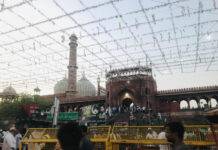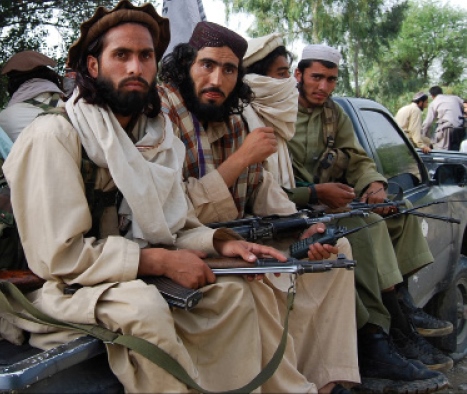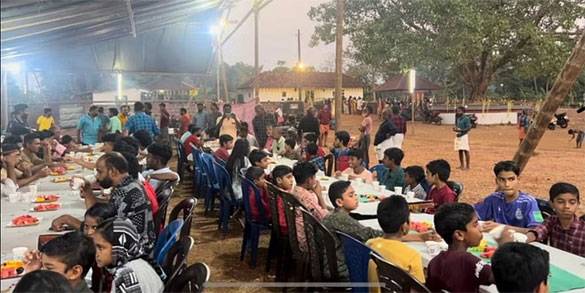
Kerala as a state has always captured national imagination be it for its majestic backwaters and lush beaches or its pathbreaking achievements in socio-economic indicators like literacy rate(94%), lowest rate of positive population growth(344%), Highest Human Development Index (0.784 in 2018), highest life expectancy and the lowest infant mortality.
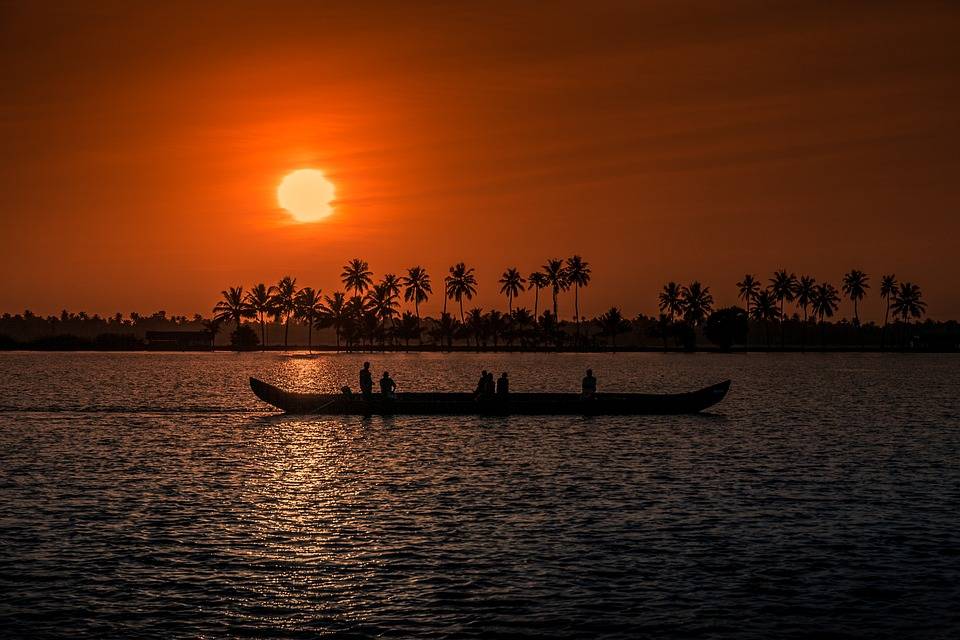
Yes, Kerala has never failed to set an example for the rest of country and at a time when communal frenzy and the politics of hate seem to have become an everyday phenomenon in much of the country, the state has come forward to propose another alternative, a fresh possibility of mutual respect and co-existence between Hindus and Muslims.
Demographically Kerala is a Hindu majority state but also one where there is a significant population of Muslims(26.56%) and Christians(18.83%) and yet it has continued to retain communal harmony and the ethos of collective co-existence of communities. Even the politics around the beef ban could not do much to hamper its secular culture. Historically Kerala was the first state in India to have witnessed the construction of a mosque( Cheraman Juma Masjid) and the state is home to the oldest of Indian Jewish people. It wouldn’t be wrong to say that it is the c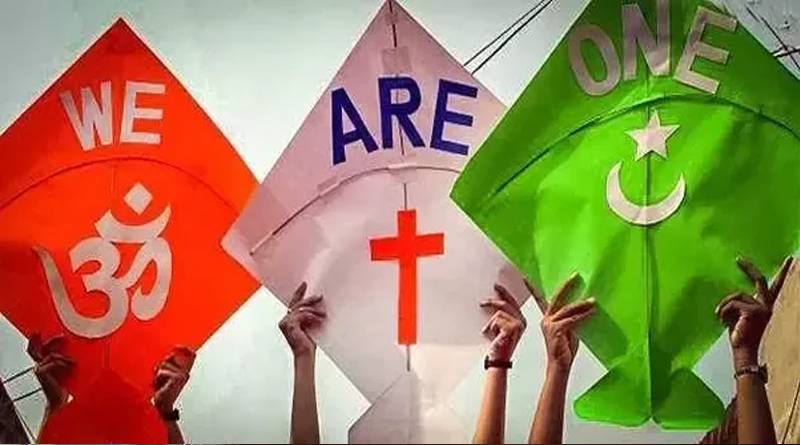 ommitment of the people of Kerala that has made it a land of lived secularism such that side by side a church can conduct a holy mass, a temple can organise a festival where firecrackers are burnt and religious songs are played and even a mosque can be enlivened as people offer their prayers in the holy month of Ramadan. It wouldn’t be wrong to say that Kerala is home to people of all religions and yet a space where secularism and religious tolerance are practiced on an everyday basis.
ommitment of the people of Kerala that has made it a land of lived secularism such that side by side a church can conduct a holy mass, a temple can organise a festival where firecrackers are burnt and religious songs are played and even a mosque can be enlivened as people offer their prayers in the holy month of Ramadan. It wouldn’t be wrong to say that Kerala is home to people of all religions and yet a space where secularism and religious tolerance are practiced on an everyday basis.
This year too, Kerala has put forward a remarkable illustration before the world and put many states to shame.
Not many days ago when the festivities of Ram Navami and Ramadan were at their peak, little could people imagine that these celebrations would soon be taken over by violence and massive destruction ranging across seven states of India from West Bengal, Bihar, Gujarat, Jharkhand to Maharashtra among others. Vehicles were torched, stones were pelted, violent slogans were chanted and communal clashes overpowered the festivities. While news channels with their toxic debates elaborated, highlighted and repeatedly focussed on the growing tensions between the Hindus and the Muslims and how they were but antagonistic and hostile to one another, a state such as Kerala continued to keep away from the trend of communal frenzy and do its bit towards retaining and strengthening the ethos of
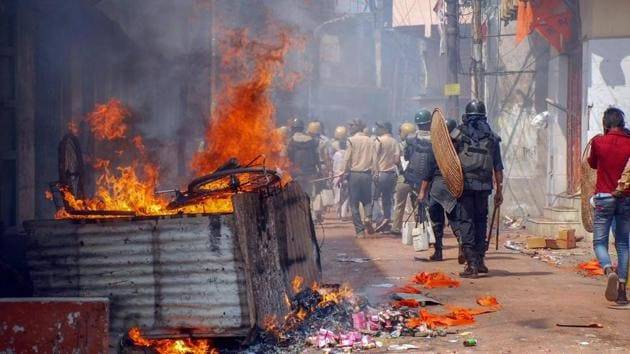
communal harmony and collective living. It is sad that most of India’s homes will never come to know of such examples because the news channels that they watch, the newspapers that they subscribe, the WhatsApp forwards that are flooded on their phones, the social media posts that they are likely t0 come across or pay attention to will never allow them to. While they will be fed with not one but at least a dozen imageries of communal violence, the atrocities perpetrated on the majority by the minority, conspiracy theories and manufactured news that draws from the propaganda of hatred, seldom will they be told of yet another possibility, a ceaseless effort, a ray hope such as the one that recently unfolded in Kerala.
In Kerala’s Malappuram two temple committees organised a mass Iftar party during the ongoing holy Ramadan.
The temple committees of the Sree Puthuveppu Manaliyarkavu Bhagavathi temple in Othalur and Chathangadu Sree Maha Vishnu Temple in Vaniyannur near Tirur organised these mass Iftar gatherings within the premises of the respective temples on April 7 and March 28, respectively. The gathering was attended by a large number of Muslims. The local youth of the area came up with the idea to organise this event with the hope that it would further help to strengthen the bond between the two communities.
Krishnan Pavittapuram, secretary of the Sree Puthuveppu Manaliyarkavu Bhagavathi temple said, “Our aim is to strengthen the bond between people from the Hindu and Muslim communities. Religious harmony is important and we want to celebrate every festival together in a peaceful and jovial atmosphere.”
Its not for the first that the neighbourhood is experiencing such a thing, in fact a couple of months ago, the local muslim community had sponsored annadanam ritual during the temple’s annual installation festival. It is common in the area for both the communities to take part in each other’s festivities and retain the spirit of true secularism.
The temples and mosques here in Kerala have truly set an example for all of us to follow, especially at a time when festivities have become occasions of perpetrating communal frenzy and mass politics an excuse to deepen hatred and hostility among people of different faiths.
Yes, Kerala may have picturesque landscapes and breathtaking sceneries but more than anything else, the commitment of its people to peace and harmony make it a true alternative.
Kerala as a state has always captured national imagination be it for its majestic backwaters and lush beaches or its pathbreaking achievements in socio-economic indicators like literacy rate(94%), lowest rate of positive population growth(344%), Highest Human Development Index (0.784 in 2018), highest life expectancy and the lowest infant mortality.
Yes, Kerala has never failed to set an example for the rest of country and at a time when communal frenzy and the politics of hate seem to have become an everyday phenomenon in much of the country, the state has come forward to propose another alternative, a fresh possibility of mutual respect and co-existence between Hindus and Muslims.
Demographically Kerala is a Hindu majority state but also one where there is a significant population of Muslims(26.56%) and Christians(18.83%) and yet it has continued to retain communal harmony and the ethos of collective co-existence of communities. Even the politics around the beef ban could not do much to hamper its secular culture. Historically Kerala was the first state in India to have witnessed the construction of a mosque( Cheraman Juma Masjid) and the state is home to the oldest of Indian Jewish people. It wouldn’t be wrong to say that it is the commitment of the people of Kerala that has made it a land of lived secularism such that side by side a church can conduct a holy mass, a temple can organise a festival where firecrackers are burnt and religious songs are played and even a mosque can be enlivened as people offer their prayers in the holy month of Ramadan. It wouldn’t be wrong to say that Kerala is home to people of all religions and yet a space where secularism and religious tolerance are practiced on an everyday basis.
This year too, Kerala has put forward a remarkable illustration before the world and put many states to shame.
Not many days ago when the festivities of Ram Navami and Ramadan were at their peak, little could people imagine that these celebrations would soon be taken over by violence and massive destruction ranging across seven states of India from West Bengal, Bihar, Gujarat, Jharkhand to Maharashtra among others. Vehicles were torched, stones were pelted, violent slogans were chanted and communal clashes overpowered the festivities. While news channels with their toxic debates elaborated, highlighted and repeatedly focussed on the growing tensions between the Hindus and the Muslims and how they were but antagonistic and hostile to one another, a state such as Kerala continued to keep away from the trend of communal frenzy and do its bit towards retaining and strengthening the ethos of communal harmony and collective living.

It is sad that most of India’s homes will never come to know of such examples because the news channels that they watch, the newspapers that they subscribe, the WhatsApp forwards that are flooded on their phones, the social media posts that they are likely t0 come across or pay attention to will never allow them to. While they will be fed with not one but at least a dozen imageries of communal violence, the atrocities perpetrated on the majority by the minority, conspiracy theories and manufactured news that draws from the propaganda of hatred, seldom will they be told of yet another possibility, a ceaseless effort, a ray hope such as the one that recently unfolded in Kerala.
In Kerala’s Malappuram two temple committees organised a mass Iftar party during the ongoing holy Ramadan.
The temple committees of the Sree Puthuveppu Manaliyarkavu Bhagavathi temple in Othalur and Chathangadu Sree Maha Vishnu Temple in Vaniyannur near Tirur organised these mass Iftar gatherings within the premises of the respective temples on April 7 and March 28, respectively. The gathering was attended by a large number of Muslims. The local youth of the area came up with the idea to organise this event with the hope that it would further help to strengthen the bond between the two communities.
Krishnan Pavittapuram, secretary of the Sree Puthuveppu Manaliyarkavu Bhagavathi temple said, “Our aim is to strengthen the bond between people from the Hindu and Muslim communities. Religious harmony is important and we want to celebrate every festival together in a peaceful and jovial atmosphere.”
Its not for the first that the neighbourhood is experiencing such a thing, in fact a couple of months ago, the local muslim community had sponsored annadanam ritual during the temple’s annual installation festival. It is common in the area for both the communities to take part in each other’s festivities and retain the spirit of true secularism.
The temples and mosques here in Kerala have truly set an example for all of us to follow, especially at a time when festivities have become occasions of perpetrating communal frenzy and mass politics an excuse to deepen hatred and hostility among people of different faiths.
Ananya Pathak writes on education and culture.

